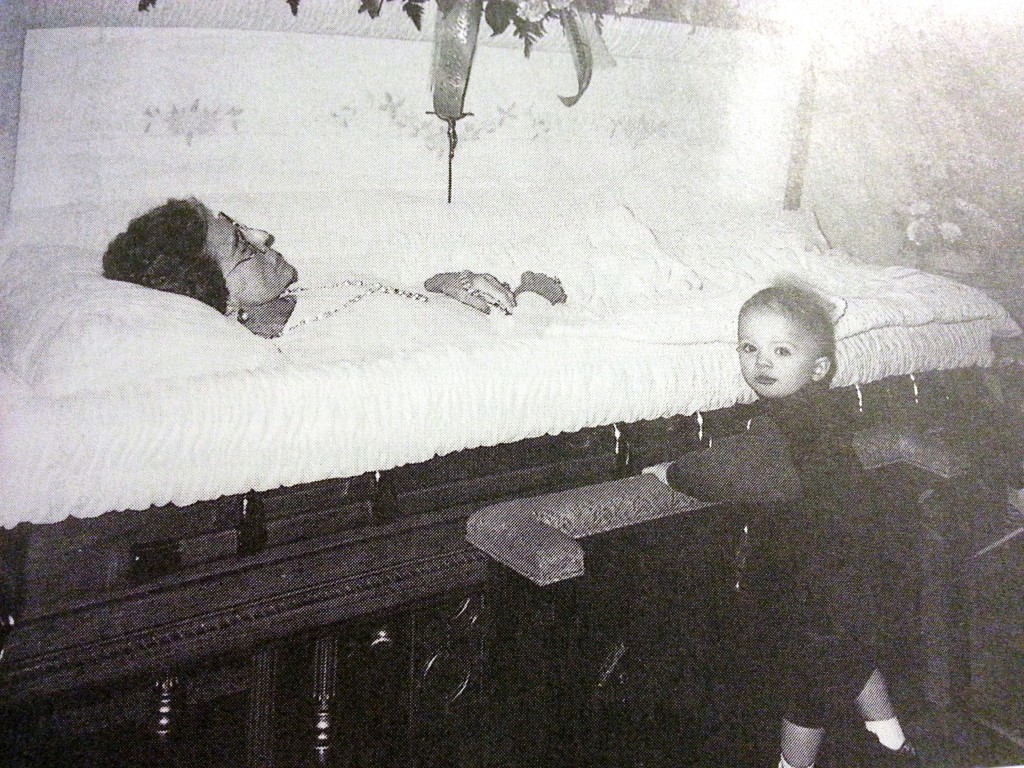Ten Tips to Help Children Grieve
In the Western world, death is one of the last taboos. Death has become so sterile … so unspeakable … so frightful … so improper … that we assume we MUST protect the innocent souls from it’s darkness. In many parental minds, those “innocent souls” who need the most protection are our children. So we shield them from death, and keep them away from funerals, viewings and the dead.
Death, though, isn’t something that we CAN protect our children from. As much as we want to give our children security and answers to their questions, death, by it’s very nature, takes away security and only provides questions. The desire to protect our children from death is understandable, but it is a part of life that — if ignored — only becomes more difficult, more frightening and more harmful. It’s a part of life that may provide some of the best teaching moments for your children. Teaching moments where you can share that:
Life has an end.
Love continues on.
We have to live and love as much as we can because we don’t know how long we have.
All of us will die, so we must pursue our dreams and enjoy the life we’ve been given.
Not only should we recognize that death confrontation provides our children with incredible teaching moments, we should also realize that children do indeed grieve. They are connected. They love. They feel. And so when death comes, they grieve. Depending on their developmental stage, they will grieve differently than adults. But as long as they are apart of our family, of the community of the deceased, they have the right to grieve with us.
Here are a few helpful tips that I’ve gathered from three separate Counseling journals about how to help your children grieve:
- When death happens, have a close relative, preferable a parent, tell the child about it immediately.
- Stay close to the child, giving them physical affection. Instead of pushing them farther away from the community during death, draw them closer into it.
- Children grieve in cycles. For example, they may be more inclined to play and divert their focus from the death when the death is recent and parents are grieving intensely. More than adults, children need time to take a break from grief. It is important to know that it’s okay to take a break. Having fun or laughing is not disrespectful to the person who died; this is a vital part of grieving, too.
- Avoid euphemisms such as, “passed on,” “gone away,” “departed”. In and of itself, the concept of death is difficult enough for a child to understand; using euphemisms will only add to the difficulty.
- Advise the child to attend the funeral, but do not force him or her to go. The funeral and viewing is the community expression of grief. As a part of the community, it’s valuable for the child to take part in that expression. Questions will arise. But, those questions are necessarily. And it’s okay if you don’t have the answers. Part of the reason why many of us DON’T take children to viewings and funerals is because we’re afraid of our children seeing us grieve … we’re afraid of our children seeing us in a state of weakness.
- Let the child see you grieve; it gives them permission to grieve on their own. “It will help the child to see the remaining parent, friends and relatives grieve. Grief shared is grief diminished…if everyone acts stoically around the child, he or she will be confused by the incongruity. If children get verbal or nonverbal cues that mourning is unacceptable, they cannot address the mourning task.”
- Gently help the child grasp the concept of death. Avoid vague explanations to the child’s questions, but answer each question as honestly as possible.
- Keep other stressing situations, such as moving or changing schools to a minimum; after the ceremonies, continue child’s regular routines.
- Be honest with the child about the depth of the pain he or she will feel. “You may say, ‘this is the most awful thing could happen to you.’ Contrary to popular belief, minimizing the grief does not help.
- Feed your child copious amounts of bacon and pizza. Because kummerspeck isn’t always a bad thing.

